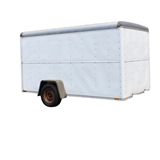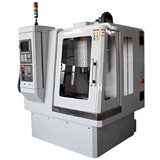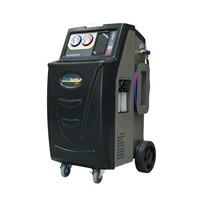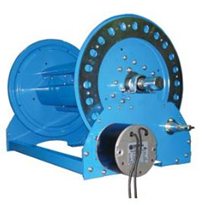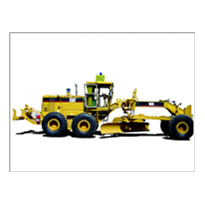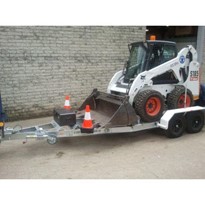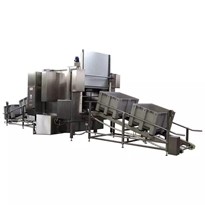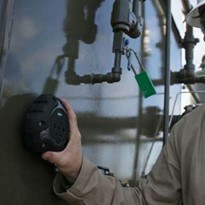He’s the Works Programmer – Roads in charge with the upkeep of 152 kilometres of gravel roads and lanes that link the villages in the historic shire, just east of Hobart.
Ken and his brother Neville – plan operator, both now in their 60s, can lay claim to having been the principle carers for Sorell’s roads for 45 years. They started working on pick and shovels for the council where their great grandfather had been chief clerk another half century earlier.
It’s a matter of some pride and perhaps even family responsibility, that the roads of Sorell, which link east and south Tasmania, form a gateway to the east coast and Port Arthur, and importantly keep the local rural population connected, remain in good shape. Ken works on maintenance and these days is mainly desk bound. Neville still drives as part of the capital works team which concentrates on 245 km of sealed roads in the shire.
“Most of the gravel roads are on a 12-week maintenance cycle and all see a blade at least twice a year,” Ken says.
Its an exacting task. Sorell is one of Australia’s oldest communities, first formed in the early 1800s, and many of its rural arteries are narrow and tortuous.
“For the past ten years we’ve had a grader with a fourteen-foot blade and it’s been difficult. It was too large for the roads,” Ken said.
But this year there’s a new blade in town. In accordance with its ten-year capex cycle, council bought a new grader – its first Komatsu, a GD555-5, and most importantly for Ken, it has a 12 foot blade.
“It allows far more precision and it offers a lot more visibility from the cab in every direction,” Ken said.
Productivity is up, costs are down and most importantly a new policy to have the equipment serviced by Komatsu either remotely or at its nearby depot, has introduced new efficiency.
Sorell Council took the opportunity to hire two new operators under Ken’s guidance at the time of the grader purchase.
"They're using the new Topcon machine control system, which calculates optimum run off from the crown of the road,” Ken said.
Ken favours a four-to-six percent camber change on his roads, taking-into-account rainfall and drainage requirements in Tasmania’s climate.
“There’s still a need for seat-of-the-pants feel, but to have GPS plotting on board introduces a new accuracy that improves precision,” he said. Ken expects his new grader to clock up 800-1000 hours in its first year on a nine day a fortnight work cycle with the tenth day used for planned downtime and maintenance.
“We’re doing as much work as we did previously, but we’re doing it easier and with greater
efficiency,” he said. Ken has not yet commissioned KOMTRAX, Komatsu’s invaluable satellite-based monitoring system. It’s an action item for the next service.
“When Neville and I were on the shovels we learned to be nice to the grader drivers because otherwise they’d make sure they heaped the roads with rocks and rubble which we had to clean up,” he said.
“These days the machines are looking after us far better than the operators ever did.” Ken’s only regret – he’s not yet driven the new grader.
“I’ve sat in it in the depot and its totally different to anything we’ve had before – especially the vision out of it which is really outstanding,” he said.
“I’ve put my name down as relief driver – maybe someday.”



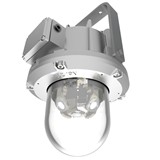
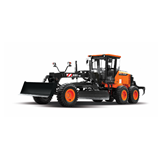



-160x160-state_article-rel-cat.png)


